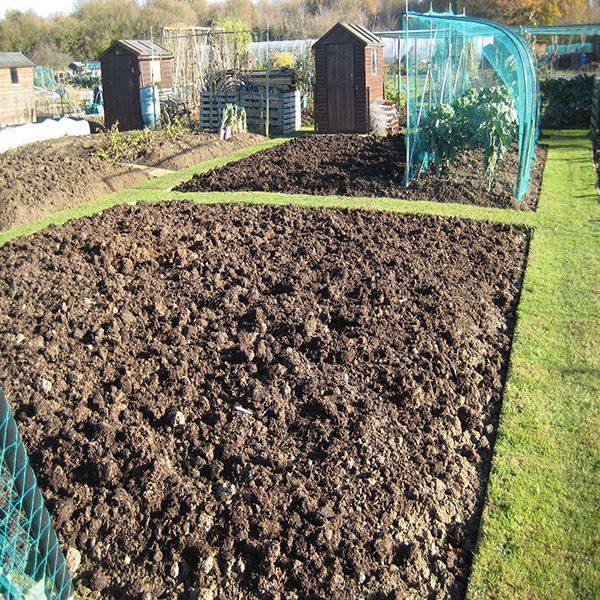What to do in your garden in December!
Although the festive season is just around the corner, there are still a few jobs that need attending in readiness for the New Year ahead.
- During the summer climbing Wisteria’s have put on a lot of growth, so this month is the ideal time to tie in the new shoots to build up the framework of branches. First prune back each side shoot so it is 2-3 buds long, then cut out any unwanted straggly growth back to the main stems. Once this is done no more pruning will be required until next summer. These vigorous plants will also benefit from having a winter mulch of old compost or well-rotted manure placed around the base of their stems.
- If the weather is too cold or wet to do any jobs outside, then there are plenty of jobs to do in the warmth of the greenhouse or shed. All the pots and seed trays need washing in soapy water, so they are clean and ready for use early next year. Propagators and benches can also be washed down so they are clean from any pests or fungal diseases that may be hiding in those tiny crevices. This will give us all a clean start to the year ahead.
- Remember during very cold weather to feed the Birds regularly in the garden. And top up the birdbath so they have some fresh water to drink. If you encourage the birds into your garden at this time of year, hopefully they will also return next spring to nest and feed on some of the aphids and other pests that can cause us gardener’s problems.
- I will be busy on Christmas day sowing my Large Onions. Christmas or Boxing Day is the traditional time for sowing this vegetable, plus it will gives me a good excuse for getting out of the washing up. I sow the variety Globo, as these will grow into whoppers over 1-2lb in weight. Onion Seeds need sowing onto the surface of moist seed sowing compost, and then they should be lightly covered with fine grade vermiculite. Once sown place in a heated propagator set at 20C (70F). Germination usually takes 10-14 days.
- Bush Roses are best pruned in March and this has not changed over the years, but during the wet summer this year I noticed that many roses have put on a lot of additional tall growth. This growth would be best reduced down by about half during December. This will stop this tall growth being caught by any strong winds, as this may cause wind rock, or may even uproot or loosen your plants. Once tops have been reduced leave them alone until you need to prune your Roses again next March as usual.
- December has arrived and this is the ideal month for pruning Blackcurrants. Now that all the leaves have fallen off the plants it makes it easier to see what you are doing. When pruning Blackcurrants you should cut out as much old wood as possible to leave just young growth, that is less than 3 years old. The younger shoots will grow more vigorously and will produce more fruit. The older wood is easily recognised because it is much darker in colour, than the younger shoots and often the bark is a lot rougher. Always try to prune down to a healthy new bud as close to the base of the plant as you can. This will help encourage new shoots to grow from the base. Once pruned give plants generous mulch of well-rotted manure or garden compost.
- Make sure you regularly inspect your harvest of apples and pears in store this winter. Make sure you remove any fruits showing signs of damage or going rotten, as this will stop any of the fungal spores spreading, and affecting the rest of your harvest.
- When the weather is cool and dry, take advantage of these nice days to dig the vegetable plot. If this job is done from now until the New Year you will have a neat and tidy plot ready for the new season. I always dig in plenty of well-rotted manure or mushroom compost to help add some nutrients and structure to the soil. I find digging pleasurable as well as a great way of keeping fit and it helps burn off any of those calories that I may have put on over the festive period.
- If you have some large clumps of Rhubarb, why not cut a piece off and leave it lying on the top of the ground this month to get frosted. This cold period will spur the growth buds into developing sooner. Leave it laying there for several weeks until it has been frosted several times, then pot it up and move it into a warm (Not hot) greenhouse or shed. This will then start to produce some tender sticks of Rhubarb for you to enjoy next spring.
- It always surprises me how much colour and scent there is in the garden at this time of year. Rather than leave this scent outdoors why not cut a few stems of winter flowers, as they show colour and place them in a vase of water indoors. Then as the buds open they will fill your rooms with their colour and fragrance.
